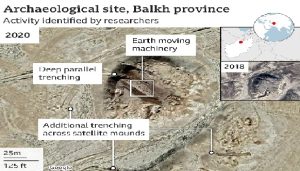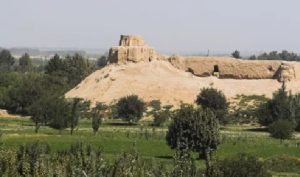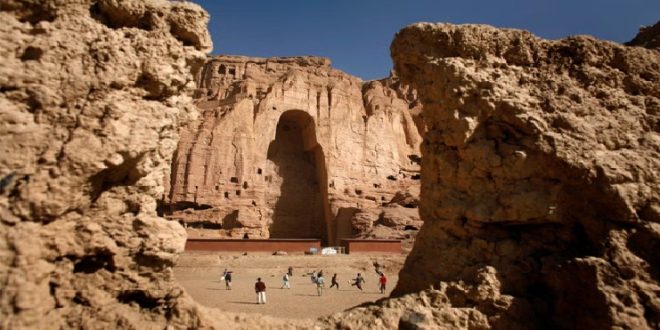23-02-2024
Bureau Report + Agencies
SHICAGO/ KABUL: Dozens of archaeological sites in Afghanistan have been bulldozed to allow systematic looting, according to researchers at Chicago University.
 They say their analysis of satellite photos provides the first definitive photographic evidence that looting patterns that began under the previous government have continued since the Taliban returned to power in 2021.
They say their analysis of satellite photos provides the first definitive photographic evidence that looting patterns that began under the previous government have continued since the Taliban returned to power in 2021.
Ancient settlements dating back to the Late Bronze Age and Iron Age – some earlier than 1000BC are among those they say have been damaged.
Most of the sites identified are in northern Afghanistan’s Balkh region, which more than two millennia ago was the heartland of Bactria.
It was one of the richest and most populous regions of ancient Afghanistan under the Achaemenid Empire in the 6th Century BC.
By 327BC, Alexander the Great had conquered the region and married a Bactrian woman named Roxana, after defeating the Achaemenid ruler.
Located on a major east-west Silk Route, the region’s central city Bactra later called Balkh has been a centre of both the Zoroastrian faith and Buddhist learning. It later became an important Islamic city.
The researchers from Chicago University’s Center for Cultural Heritage Preservation have identified more than 29,000 archaeological sites across Afghanistan, helped by satellite imagery and other tools but they spotted a new pattern in the Balkh region from 2018 onwards.
 They say they have identified specks on the images that they are confident are bulldozers because of the way they appear and disappear over time, and the tracks they leave in their wake.
They say they have identified specks on the images that they are confident are bulldozers because of the way they appear and disappear over time, and the tracks they leave in their wake.
These freshly bulldozed areas then appear in later images, covered with pits dug by looters, Prof Gil Stein, the centre’s director explained.
“Basically, the people were clearing out vast areas to make it easier to loot the site systematically,” he told me.
His team say 162 ancient settlements were “devastated at an astonishing rate of one a week” between 2018 and 2021, and the practice continued at 37 sites after that, under the Taliban.
The researchers are not publishing the exact locations to avoid giving information to potential looters.
Work documenting many of the sites is in its early stages.
This means researchers simply don’t know what is buried in the sites, which are mainly mounds, fortresses, early roadside inns known as caravanserais and canal systems but only 97km (60 miles) away lies Tela Tepe, where a hoard of 2,000-year-old Bactrian gold was discovered in 1978.
The “Hill of Gold” contained 20,000 rare items including gold jewelry, an intricate crown and coins, dubbed the Lost Treasures of Afghanistan.
“You can unearth layers of a civilization in each mound,” says Said Reza Huseini, a research fellow at Cambridge University.
Born in Balkh, he spent time in his 20s as a volunteer surveying archaeological sites in northern Afghanistan, including some of those the researchers say have been bulldozed. He was shocked to see the images from Chicago University.
 Pressmediaofindia
Pressmediaofindia




